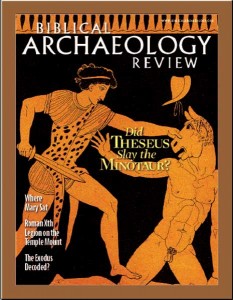First Person: Indictments Can Kill
Conspiracy of five that became conspiracy of four now becomes conspiracy of two

On March 14, 2002, Arthur Andersen LLP was one of the largest and most powerful accounting firms in the world, with over 28,000 employees worldwide.
On that date an indictment was unsealed charging Andersen with criminal involvement in the destruction of documents of its client Enron. At a subsequent trial, Andersen was convicted.
On May 31, 2005, however, a unanimous Supreme Court reversed the conviction. The jury that convicted Andersen had been incorrectly instructed by the trial judge. He had told the jury that they could convict Andersen even if the documents had been destroyed pursuant to innocent company policy and those involved in the document destruction did not know that an investigation had been opened that prohibited the document destruction. Andersen was exonerated. The guilty verdict was expunged. Andersen was not guilty of a crime.
But it came too late for Arthur Andersen. The firm was already out of business, killed by the indictment. Even before the trial, its clients fled, and Andersen was forced to discontinue business. Once one of the so-called “Big Five” accounting firms, Arthur Andersen LLP is no more.
I am reminded of this when I think about the forgery case wending its way in a Tel Aviv courtroom in accordance with Israeli procedures that are likely to take years to conclude.
Already a library member? Log in here.
Institution user? Log in with your IP address.

